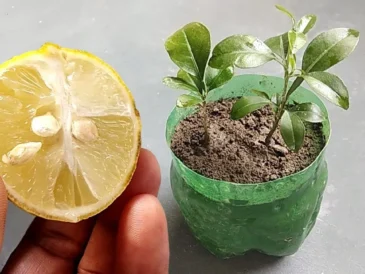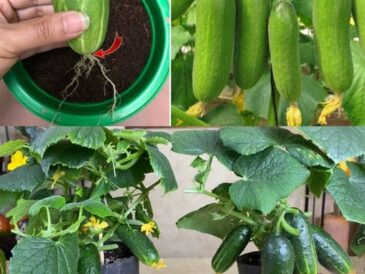The Sprouting Process:
- Pit Selection: Choose plump, healthy cherry pits from ripe cherries. Avoid any cracked or damaged pits.
- Cleaning: Gently remove any remaining flesh from the pits and wash them thoroughly with water.
- Stratification (Optional): While not always necessary, some recommend mimicking a cold winter by placing the pits in a container with moist sand or potting mix and refrigerating them for 6-8 weeks. This can improve germination rates.
- Planting: After stratification (or skipping this step), plant the pits about 1 inch deep in individual pots filled with well-draining potting mix.
- Watering and Warmth: Water the pots regularly to keep the soil moist but not soggy. Place them in a warm location (around 70°F or 21°C) with good indirect sunlight.
- Germination: Be patient! Germination can take several weeks or even months.
The Long Road Ahead:
Even if your cherry pits sprout, there’s a catch: the resulting tree may not be true to type. It might not produce fruit or the fruit might be small and bitter. Additionally, cherry trees grown from seed can take 7-10 years (or even longer) to mature and produce fruit, if at all.
A Better Option for Fruit:
If your goal is to enjoy delicious cherries from your own tree, consider purchasing a grafted cherry tree from a reputable nursery. Grafted trees are typically from desired varieties known for their fruit production and can start bearing fruit within 3-5 years.
The Joy of Experimentation:
While sprouting cherry pits may not be the most practical way to grow a fruiting cherry tree, it can be a fun and educational experience for curious minds, especially children. Watching a seed transform into a seedling fosters a connection with nature and the miracle of plant growth.
So, go ahead and experiment with sprouting those cherry pits! Just remember, for a reliable source of delicious cherries, consider a grafted tree from a nursery.




